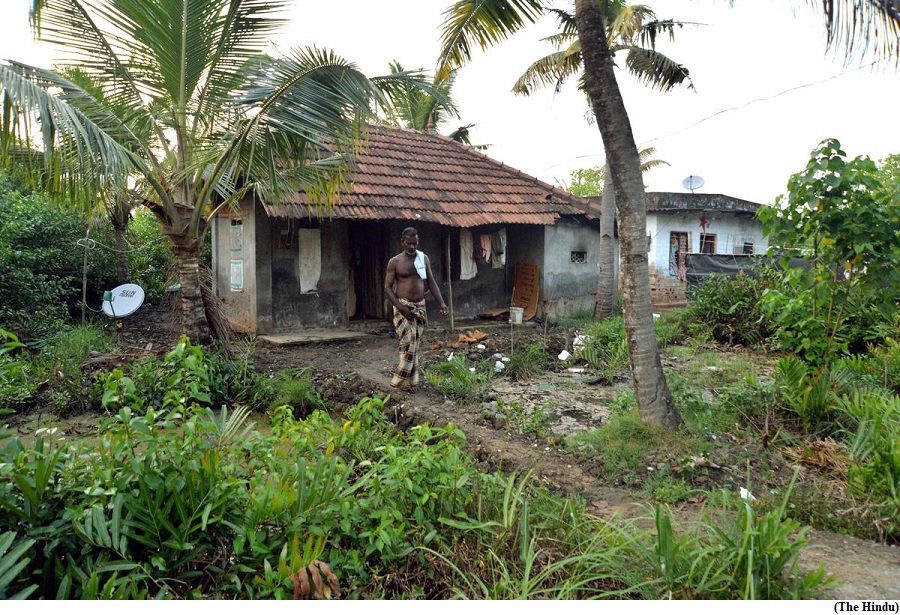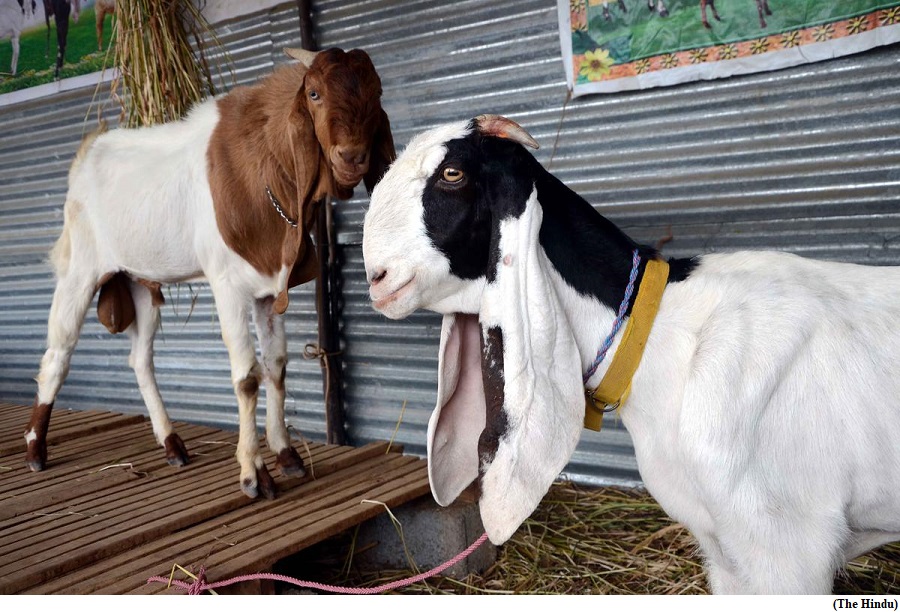How will the T+1 settlement cycle impact markets? (GS Paper 3, Economy)

Why in news?
- Recently, the stock markets in India concluded its transition to the T+1 settlement regime. It has become the second largest market after China to have made the transition ahead of the U.S., Europe and Japan which adhere to the T+2 settlement cycle.
- The phased transition had begun on February 25, 2022 following markets regulator Securities and Exchange Board of India (SEBI)’s circular in September 2021.
What is the T+1 settlement cycle about?
- A trade involves three important functions, execution of trade, clearing and settlement, carried out by separate entities.
- The clearing function entails the concerned entity determining the obligation of what is due to be delivered and what is to be received by the parties involved. Risk assessment of both parties is carried out at this stage.
- The process ensures that the parties have enough funds or transferrable assets for the transaction to go through. On the settlement date, funds and securities are transferred to their new owners. All of it is preceded by purchase or sale of a stock.
- It is represented using ‘T’, that is, trade executed on a particular day. Since clearing used to take place the next day followed by another day for settlement, the previous mechanism was defined as ‘T+2’. From now onwards, the settlement will be done the next day itself, thus, T+1.
In a digital age, why is a settlement not done instantly?
- The process is complex and there are many entities involved. While instant settlement is impossible, even T+0 is extremely tough considering the time required for brokers to crystalise the obligations and then clearing corporations to settle.
- An investor cannot directly buy or sell shares on a stock exchange. Registered members of a stock exchange, called stock brokers, trade on an investor’s behalf.
- Even though individuals can open a demat account on their own by contacting a depository participant (DP), they would require a trading account, which is provisioned by a SEBI-registered broker, to purchase or sell shares. The size and operational capability of the individual broker is another important factor.
What is the debate around the T+1 regime?
- Global investment associations had observed the transition would require “end-to-end process redesign and substantial technology investments and enhancements to support near real-time processing capabilities and necessitating an extended migration timeline.”
- It added that this would be particularly true for overseas investors (such as those based in the U.S. and Europe) for participating in the Indian market owing to time zone differences and involvement of multiple parties (such as global and local custodians, FX banks and brokers) in different jurisdictions.
- The United States’ Securities and Exchange Commission (SEC) had also argued in its proposal (February 2022) that the more days that elapse between the execution of a trade and a counterparty default, the greater would be the variance of price change. In other words, it is likely that the asset’s price would deviate from the execution price.
Researchers offer tips to save Kerala’s sinking island
(GS Paper 3, Environment)
Why in news?
- A study conducted by the National Centre for Earth Science Studies (NCESS) has revealed anthropogenic interventions as the main reason for the plight of Munroe Thuruthu residents, Kerala’s first set of climate refugees.

Details:
- The islanders are facing steady land subsidence, tidal flooding and lower agricultural productivity, all of which have triggered a mass exodus from the region.
- The study finds that anthropogenic activities have considerably affected the isostatic conditions and land neutrality of Munroe Thuruthu, resulting in drastic environmental degradation.
Key Highlights:
- The multidisciplinary research conducted during the last five years calls for suitable strategies to protect the highly vulnerable estuarine ecosystem and proposes reverse landscaping as an innovative methodology to retrieve the landscape’s original geomorphic state.
- According to the study, almost 39% of the land area of the Munroe Thuruthu has been lost with Peringalam and Cheriyakadavu islands recording a land depletion of around 12% and 47% respectively.
How it degraded over the years?
- Though the degradation started in 1980s, its severity was felt only in 2000s. Unregulated sand mining and the resultant riverbed pools in the Kallada River have largely contributed for the current degradation.
- After the construction of Thenmala dam, the sediment supply through the river too was blocked.
- While the research team used available remote sensing data and land survey records to analyse the island’s morphological changes, electrical resistivity meter surveys were conducted to study the sub-surface geology of the land area.
Recommendations:
- Since the Ashtamudi Lake is emerging as an important tourist destination, the study stresses on the need for sustainable management plans to protect the Ramsar-listed wetland.
- The study proposes reverse landscaping, a plan integrating all aspects of earth and social sciences.
- Apart from strict regulatory measures to control sand mining from Ashtamudi Lake and the Kallada river, the current construction methods in the island should be replaced with well-studied engineering techniques.
- An artificial sedimentation process to eradicate the saline banks of deep basins is also suggested as a method and the study recommends to use the sediments deposited in the Thenmala reservoir and those removed through dredging navigation channels for the purpose.
Domestic goat as a drug factory
(GS Paper 3, Environment)
Context:
- The domestic goat (Capra hircus) is a familiar presence in the rural landscape of India and in many developing countries.
- The goat has played an important economic role in human communities from the time it was domesticated about 10,000 years ago.

Statistics:
- The Food and Agriculture Organisation (FAO) estimates that the world has 830 million goats belonging to about 1,000 breeds. India has 150 million from over 20 prominent breeds.
Breeds in India:
- Rajasthan has the most number of goats, the Marwari goat found here is hardy and well-adapted to the climate of deserts. Another hardy breed, found in the dry regions of Maharashtra, Telangana and North Karnataka is the Osmanabadi.
- The Malabari (also called Tellicherry) of North Kerala is a prolific breed with low-fat meat, and shares these traits with the beetal goat of Punjab.
- The east Indian Black Bengal goat is a vital contributor to the livelihoods of the rural poor of Bangladesh. It contributes over 20 million square feet of skin and hides to the world’s demands for leather goods, from firefighters’ gloves to fashionable handbags. As many farmers lack the space or funds to rear cattle, the goat is rightly called “the poor man’s cow”.
- Indian highlands have scant populations of wild goats, from which domestic goats or sheep have evolved. These include the markhor and the Himalayan and Nilgiri tahr.
Genetic diversity:
- Genes from Indian goat breeds spread to all parts of the world during the golden age of steamships. Goats laden on ships heading to Europe from India provided milk and meat on the months-long journey.
- The Jamunapari goats of Uttar Pradesh were favoured as they yield 300 kg of milk during eight months of lactation. Once in England, the Jamunapari was bred with local breeds to produce the Anglo-Nubian, a champion producer of high-fat milk.
Producing therapeutics:
- With a generation time of about two years, and plenty of milk production, it is not surprising that goats have attracted the attention of biotechnology companies wishing to produce therapeutic proteins in bulk.
Antithrombin:
- The first success came with ATryn, the trade name for a goat-produced antithrombin III molecule.
- Antithrombin keeps the blood free from clots, and its deficiency (usually inherited) can lead to serious complications such as pulmonary embolisms. Affected individuals need antithrombin injections twice a week, usually purified from donated blood.
- Transgenic goats carrying a copy of the human antithrombin gene have cells in their mammary glands that release this protein into milk. It has been claimed that one goat could produce antithrombin equivalent to what was obtained from 90,000 units of human blood.
Monoclonal antibody cetuximab:
- Recently, the monoclonal antibody cetuximab, which has been approved by the FDA as an anti-cancer drug against certain lung cancers, has also been produced in cloned goat lines.
- Large quantities can be made this way (10 grams per litre of milk). It is not yet known whether this ‘Farmaceutical’ will clear regulatory hurdles regarding safety and efficacy.




